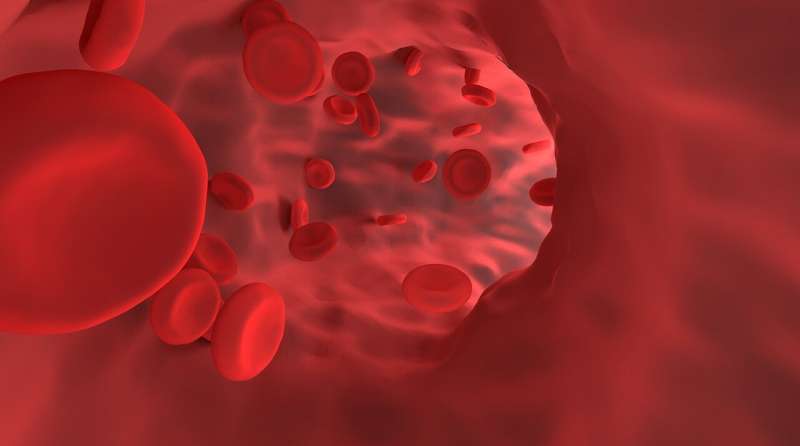Innovative Charts for Artery Stiffness Enable Early Detection of Heart Risks in Youth

New reference charts for pulse wave velocity enable early detection of cardiovascular risks in children and young adults, paving the way for proactive interventions decades before symptoms appear.
Researchers from an international consortium have developed the first comprehensive reference charts for assessing blood vessel stiffness in healthy children, adolescents, and young adults. This breakthrough offers a powerful tool for pediatric and adolescent healthcare providers to identify signs of cardiovascular risk decades before clinical symptoms appear. Pulse wave velocity (PWV), a key measure of arterial flexibility, reflects how quickly pressure waves from the heart travel through blood vessels. Increased stiffness, indicated by higher PWV scores, is associated with a greater likelihood of future heart attacks and strokes.
The recent analysis, published in Hypertension, evaluated data from nearly 20,000 participants aged 1 to 40, all of whom met strict criteria for health status, including blood pressure, BMI, and cholesterol levels. Pulse wave velocity testing is noninvasive and involves simple measurements with a cuff and a tonometer, making it accessible and affordable for routine clinical use.
One of the major challenges was that six different brands of PWV devices use incompatible algorithms, preventing standardized interpretation. The consortium addressed this by establishing normative percentiles by age and sex, akin to growth charts, enabling clinicians to interpret individual scores relative to age-based norms. This effort involved large-scale data collection across multiple countries, emphasizing that arterial stiffness naturally increases with age but continues to do so beyond puberty.
Early detection of elevated PWV in young people could inform targeted interventions, such as medication or lifestyle changes, before the development of arterial damage. Certain blood pressure medications are known to reduce arterial stiffness, and PWV testing could help tailor treatment choices.
These reference charts lay the groundwork for further research, including long-term studies and registries, to refine optimal management strategies. As arterial stiffness can serve as a vital early marker of cardiovascular health, integrating PWV testing into routine exams could revolutionize preventive care from childhood onward.
Overall, this advancement marks a significant step in proactive cardiovascular health management in youth, highlighting the importance of early detection and intervention in reducing future heart disease risk.
Source: https://medicalxpress.com/news/2025-09-artery-stiffness-flag-heart-symptoms.html
Stay Updated with Mia's Feed
Get the latest health & wellness insights delivered straight to your inbox.
Related Articles
Widespread Dental Fear Persists Despite Desire for Treatment
Recent studies reveal that a high percentage of adults experience dental fear, yet most are interested in accessible treatments. Innovations like app-based therapies and telehealth are expanding options to combat dental anxiety and improve oral health.
Innovative Safety Device Extends Survival Time During Avalanches by Fivefold
A new safety device for avalanche victims has been shown to increase survival time fivefold by delivering oxygen directly under snow, providing crucial extra minutes for rescue operations.
New Insights into Microglia's Role in Clearing Amyloid Beta in Alzheimer’s Disease
Discover how microglia, the brain's immune cells, use a specific receptor to efficiently clear amyloid beta proteins, offering potential new strategies for Alzheimer’s disease treatment.
Enhanced Technique Improves Precision of Blood Measurement Using Near-Infrared Spectroscopy
A new integrated approach significantly improves the accuracy of blood hemoglobin measurement using near-infrared spectroscopy, paving the way for non-invasive diagnostics.



